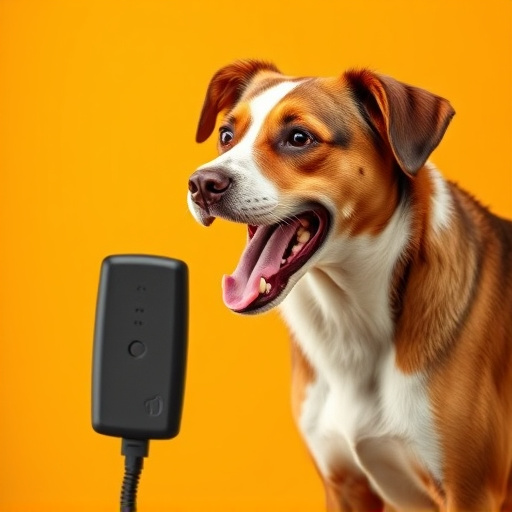Dog repellent devices protect outdoor spaces from unwanted canine visitors, with rechargeable and disposable options employing methods like ultrasonic sounds or electric shocks. Key considerations are convenience, cost, and environmental impact: rechargeables save money and reduce waste over time, while disposables offer instant protection but contribute to more trash. Distance control features enhance safety and sustainability, particularly for rechargeables, by activating only when dogs are within a set range. The best choice depends on personal preferences, usage intensity, and commitment to sustainability.
“Unleash your outdoor freedom with the ultimate guide to dog repellent devices. In today’s digital age, managing interactions with canine companions in public spaces is essential for both safety and comfort. We explore two primary categories: rechargeable and disposable dog repellents, focusing on their power dynamics and sustainability. Additionally, we delve into the game-changing feature of distance control, transforming the way we protect our personal spaces from unwanted four-legged visitors.”
- Understanding Dog Repellents: The Basics and Benefits
- Rechargeable vs Disposable: A Comparison of Power and Sustainability
- Distance Control: How This Feature Enhances Safety and Effectiveness
Understanding Dog Repellents: The Basics and Benefits
Dog repellent devices, whether rechargeable or disposable, offer a practical solution for those dealing with unwanted canine visitors in their outdoor spaces. These tools utilize various methods to deter dogs from approaching, such as ultrasonic sounds, sprays, or even electric shocks, each with its own advantages and drawbacks. The key benefit lies in their ability to protect gardens, patios, or even entire perimeters without causing harm to the animals.
When considering rechargeable versus disposable options, users must weigh factors like convenience, cost-effectiveness, and environmental impact. Rechargeable repellents offer long-term savings and reduced waste, as they can be used repeatedly. On the other hand, disposable ones provide immediate protection but contribute to more frequent trash generation. Choosing between them depends on personal preferences, usage intensity, and one’s commitment to sustainable practices.
Rechargeable vs Disposable: A Comparison of Power and Sustainability
When it comes to dog repellent with distance control, one key consideration is the power source – rechargeable versus disposable. Rechargeable options are becoming increasingly popular due to their sustainability benefits. These devices can be repeatedly charged, reducing waste and long-term costs compared to disposable models that require frequent replacement.
In terms of power, rechargeable dog repellents often boast longer runtime between charges, ensuring continuous protection for your space. They are ideal for those seeking an eco-friendly solution without compromising on performance. On the other hand, disposable repellents offer convenience, as they are readily available and don’t require any setup or charging time. However, their single-use nature contributes to electronic waste, making rechargeable alternatives a more sustainable choice.
Distance Control: How This Feature Enhances Safety and Effectiveness
Distance control is a pivotal feature in dog repellents, offering both enhanced safety and effectiveness. Unlike traditional methods that rely on direct contact or spray distribution, modern repellents with distance control use ultrasonic waves or scent diffusion to deter dogs from approaching. This technology allows users to set a safe distance, ensuring the repellent only activates when a dog is within the defined range.
This feature is particularly beneficial for rechargeable vs. disposable dog repellents, as it promotes responsible and sustainable usage. Rechargeable models, with their long-lasting batteries, can be programmed to activate at specific distances, minimizing unnecessary power consumption. In contrast, disposable repellents often rely on frequent battery changes or continuous activation, leading to higher environmental impact. Distance control leverages the repellent’s power efficiently, making it a practical and eco-friendly choice for dog owners.
When choosing a dog repellent, understanding the key features like distance control is crucial. While rechargeable and disposable options offer varying levels of power and sustainability, the advanced distance control feature sets modern repellents apart. This not only enhances safety by keeping pets at a manageable distance but also ensures effectiveness in controlling canine behavior without causing harm. In terms of rechargeability vs. disposable power, the ultimate choice depends on your preferences for convenience and environmental impact.
